How many monochlorinated isomers would result form the reaction of chlorine with n-butane in the presence of UV light?
2
4
6
8
The correct Answer is:A
To determine how many monochlorinated isomers can be formed from the reaction of chlorine with n-butane in the presence of UV light, we can follow these steps:
Step 1: Understand the Structure of n-Butane
n-Butane (C4H10) has the following structure:
- CH3-CH2-CH2-CH3
This means it has four carbon atoms arranged in a straight chain.
Step 2: Identify the Types of Hydrogen Atoms
In n-butane, there are different types of hydrogen atoms based on their position:
- The terminal carbon atoms (the two CH3 groups) each have three hydrogen atoms.
- The two middle carbon atoms (the two CH2 groups) each have two hydrogen atoms.
Step 3: Determine Possible Monochlorination Sites
When chlorine reacts with n-butane in the presence of UV light, it can replace one hydrogen atom with a chlorine atom (Cl) at different positions:
- Chlorination at the terminal CH3 groups (2 possibilities):
1. CH3-CH2-CH2-CH2Cl (Chlorobutane)
2. CH3Cl-CH2-CH2-CH3 (Chloro-Butane)
- Chlorination at the internal CH2 groups (2 possibilities):
1. CH3-CHCl-CH2-CH3 (2-chlorobutane)
2. CH3-CH2-CHCl-CH3 (3-chlorobutane)
Step 4: Count the Unique Isomers
Now we can summarize the possible monochlorinated products:
1. 1-chlorobutane (from chlorination of a terminal carbon)
2. 2-chlorobutane (from chlorination of the second carbon)
3. 3-chlorobutane (from chlorination of the third carbon)
Since the terminal chlorination produces identical products, we only count it once. Therefore, we have:
- 1-chlorobutane
- 2-chlorobutane
- 3-chlorobutane
Conclusion
Thus, the total number of unique monochlorinated isomers that can be formed from the reaction of chlorine with n-butane is 3.
---
n-Butane (C4H10) has the following structure:
- CH3-CH2-CH2-CH3
In n-butane, there are different types of hydrogen atoms based on their position:
- The terminal carbon atoms (the two CH3 groups) each have three hydrogen atoms.
- The two middle carbon atoms (the two CH2 groups) each have two hydrogen atoms.
When chlorine reacts with n-butane in the presence of UV light, it can replace one hydrogen atom with a chlorine atom (Cl) at different positions:
- Chlorination at the terminal CH3 groups (2 possibilities):
1. CH3-CH2-CH2-CH2Cl (Chlorobutane)
2. CH3Cl-CH2-CH2-CH3 (Chloro-Butane)
1. CH3-CHCl-CH2-CH3 (2-chlorobutane)
2. CH3-CH2-CHCl-CH3 (3-chlorobutane)
Now we can summarize the possible monochlorinated products:
1. 1-chlorobutane (from chlorination of a terminal carbon)
2. 2-chlorobutane (from chlorination of the second carbon)
3. 3-chlorobutane (from chlorination of the third carbon)
- 1-chlorobutane
- 2-chlorobutane
- 3-chlorobutane
Thus, the total number of unique monochlorinated isomers that can be formed from the reaction of chlorine with n-butane is 3.
Topper's Solved these Questions
Similar Questions
Knowledge Check
The reaction of chlorine with CO in the presence of sun light gives
ACOCl2BCO2CI2CHNO3DH2SO4The reaction of toluene with chlorine in the presence of light gives:
A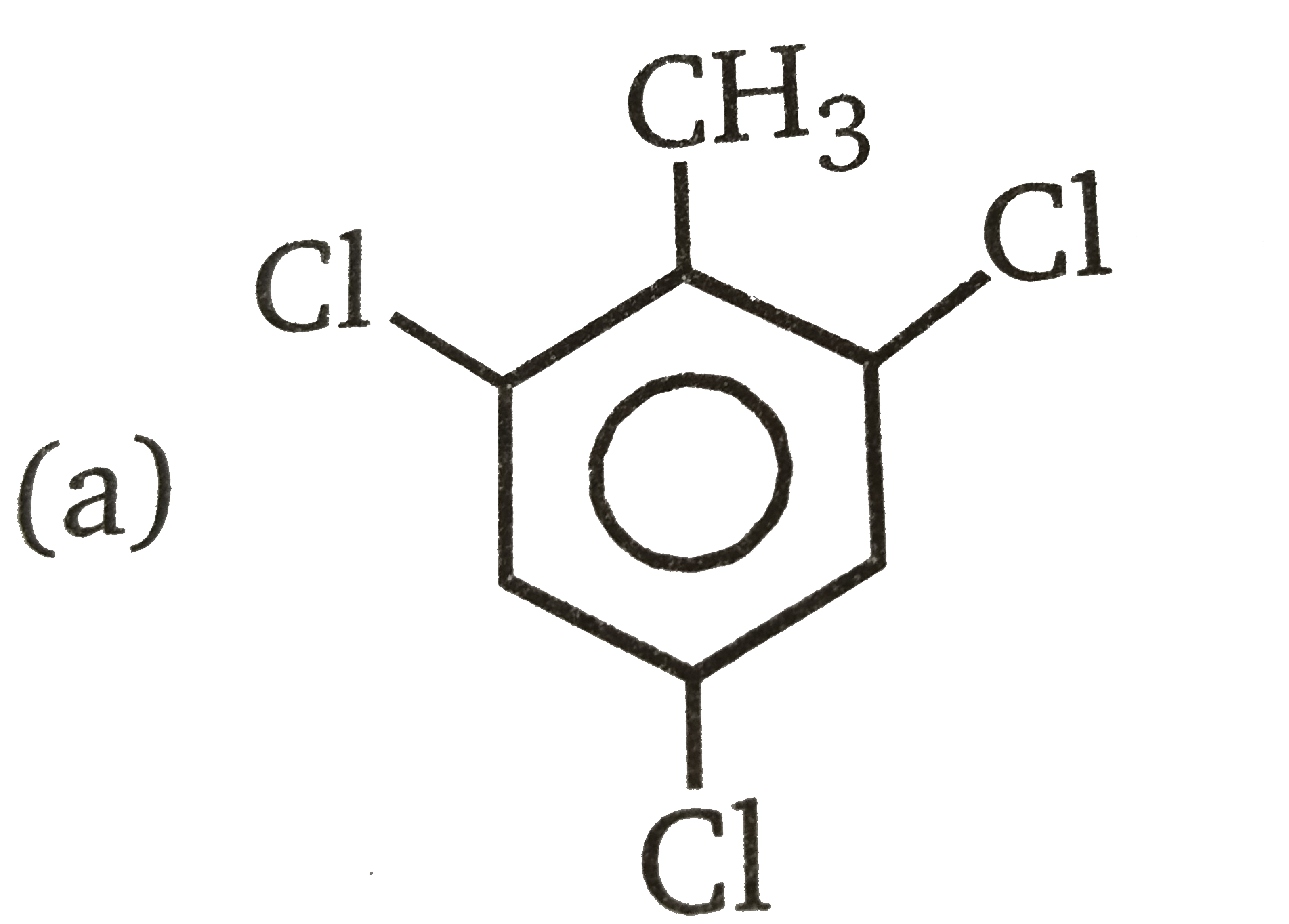 B
B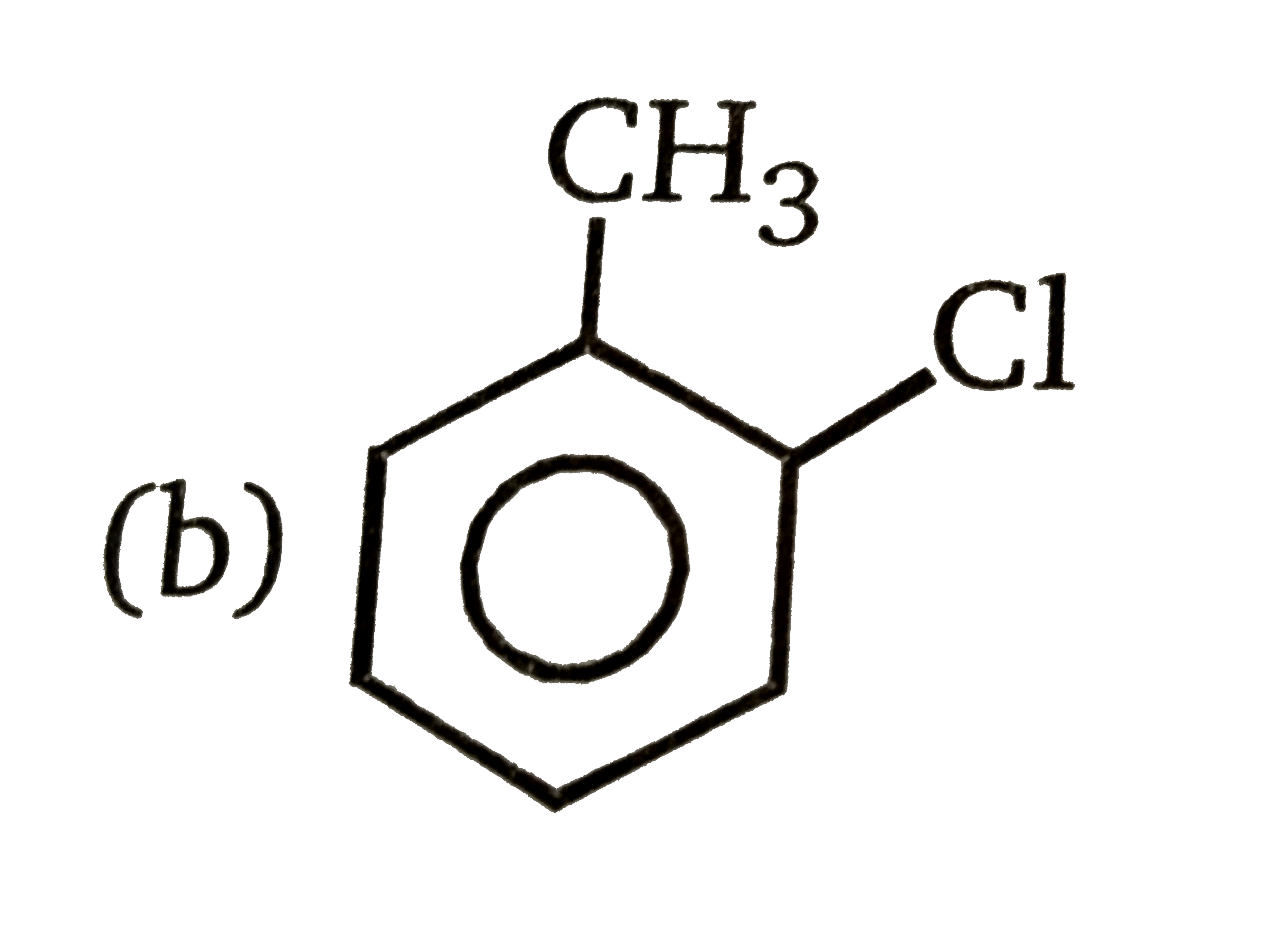 C
C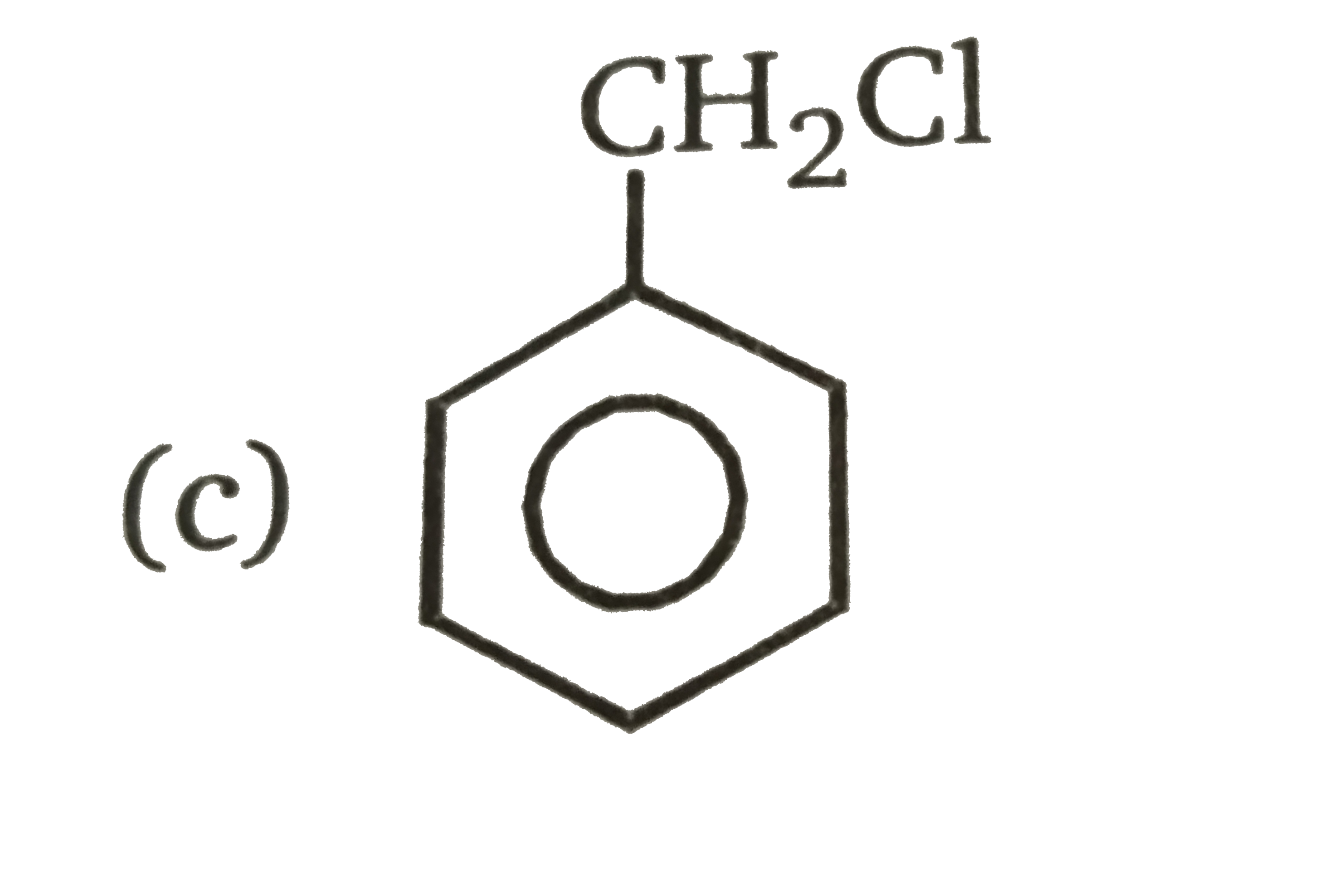 D
D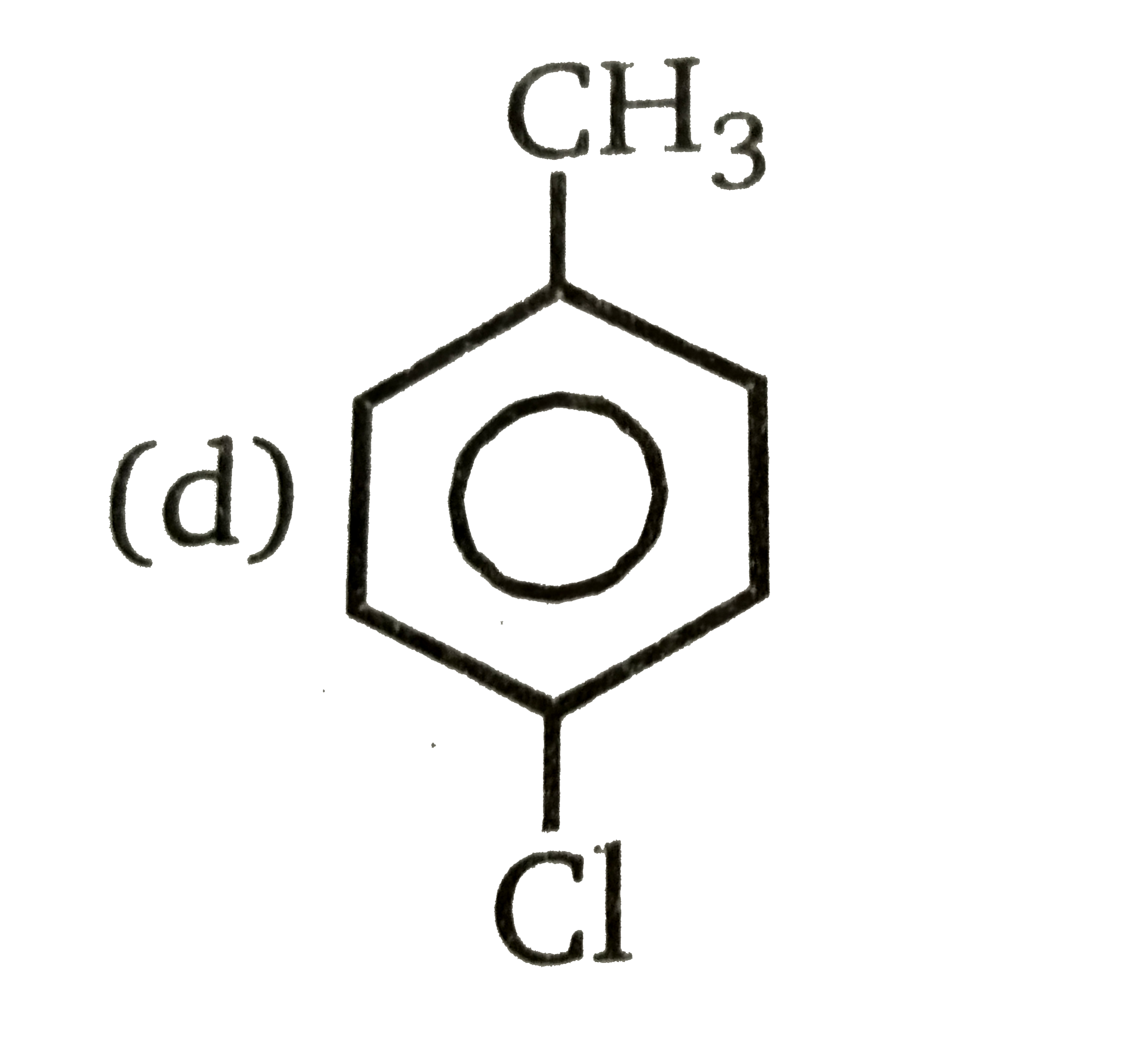
The reaction of toluence with chlorine In this presence
of light givesA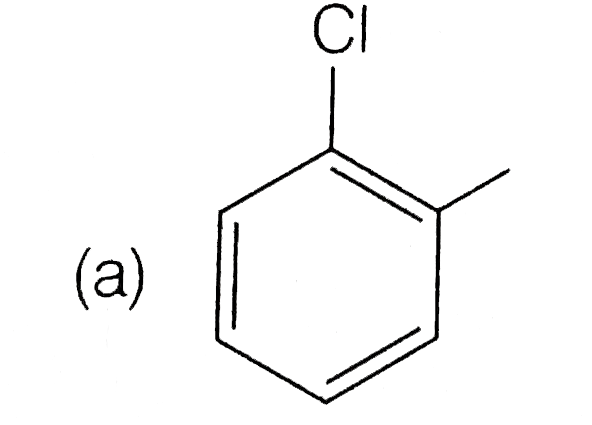 B
B C
C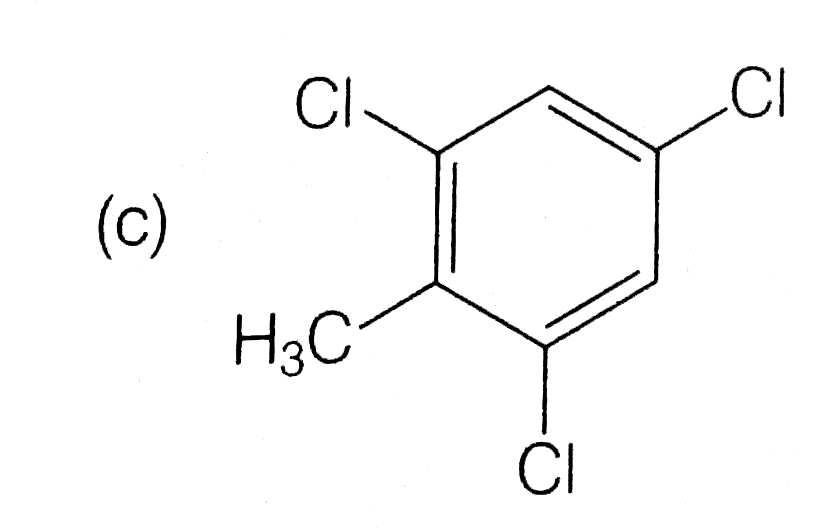 D
D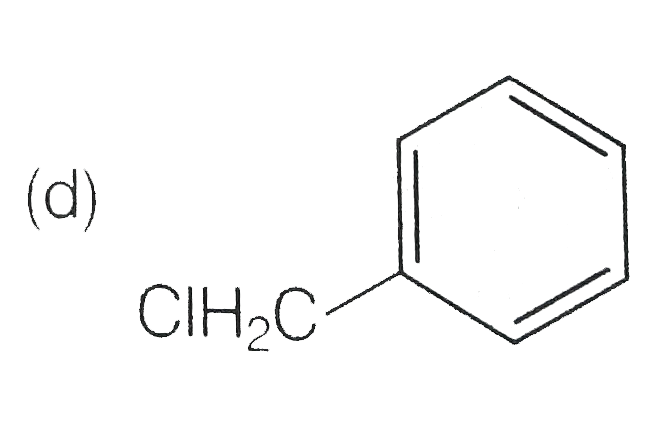
How many primary products of monochlorination are possible in the reaction of 2,2-dimethylbutane with chlorine in the presence of ultraviolet light?
View SolutionThe major products formed in the reaction of toluene with chlorine in the presence of ferric chloride are :
View SolutionWhich of the following product is formed by the reaction of sulphur dioxide with chlorine in the presence of sunlight ?
View SolutionThe main product formed when ethylbenzene reacts with chlorine in presence of UV light is
View SolutionWhich of the following species attacks the benzene ring in this reaction when chlorobenzene is formed by reaction of chlorine with benzene in the presence of AlCl3
View Solution